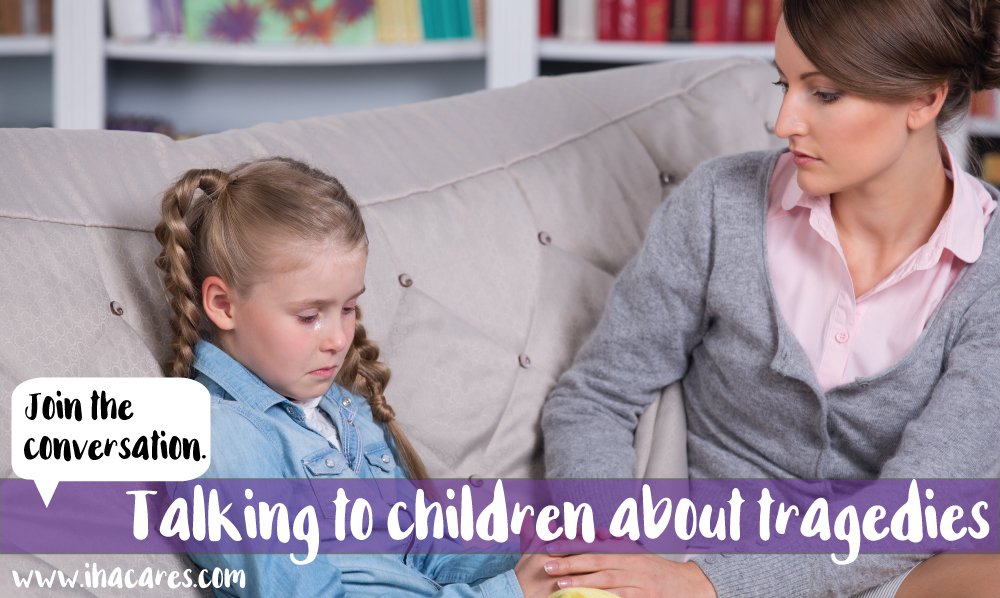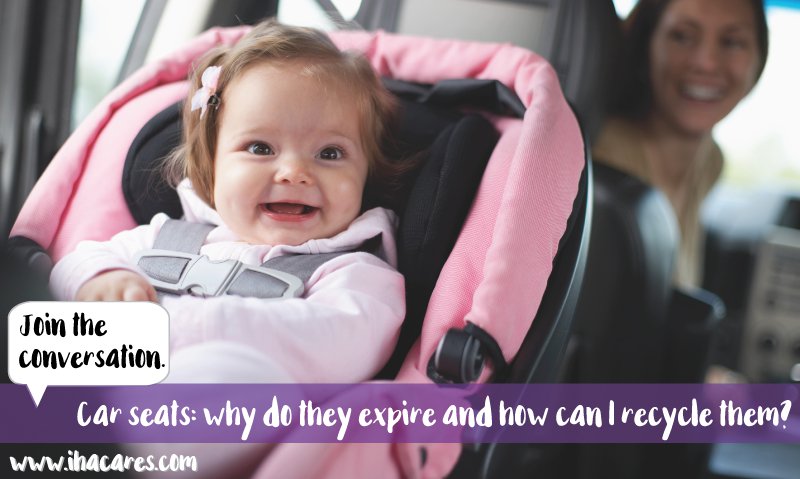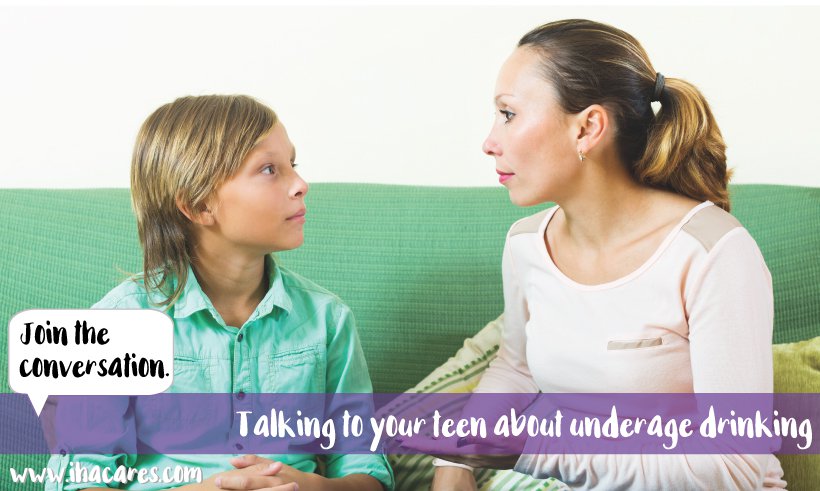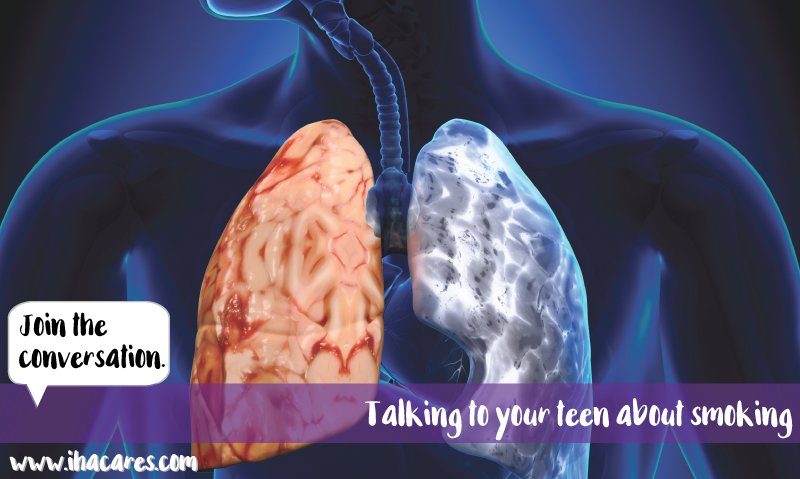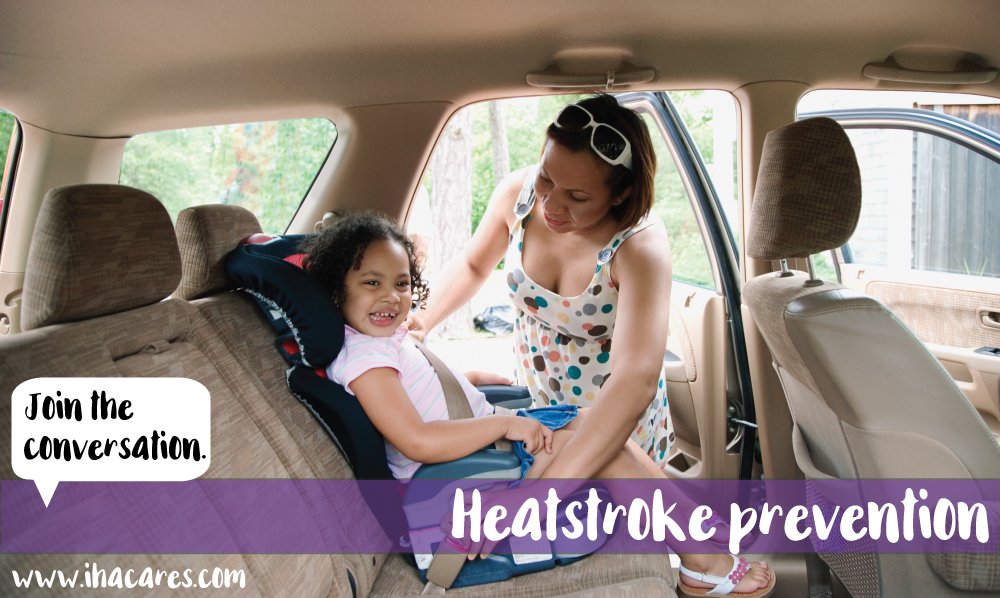
July 31 is national heatstroke prevention day. On average, 37 children die in hot cars every year in the US. 87% of those are ages 3 and younger. Vehicular heat stroke is largely misunderstood, with the majority of parents believing they could never forget their child in the backseat of a car. Even the most cautious parent can be thrown off by a change in routine, lack of sleep, stress or fatigue.
2/3 of the increase in temperature happens within the first 20 minutes, and a child’s body overheats 3-5 times faster than that of an adults. Even with windows cracked, the temperature inside a car can reach 125 degrees in minutes.
To help make sure you keep your child safe, we’d like to give you some ideas to always check for baby.
Make it a routine to open the back door of your car every time you park (at work, home, grocery, etc.) to make sure no one has been left behind. Put your purse, bag, cell phone or something else important you always need in the backseat to remind yourself to check every day, every time. Send your significant other a photo of your child inside daycare every day when you’ve dropped them off, or send them a photo at home once you’ve picked them up and have them inside the house.
Additionally, make sure your child cannot get into a parked car. Keep vehicles locked at all times, even if they’re parked in the garage or driveway. Keep car keys and garage remotes up and out of reach of your children. Ask your neighbors, friends, family and guests to do the same.
If your child goes missing, immediately check all vehicles- inside the trunk and front and back seats carefully, even if they’re locked. A child may lock the doors after entering on their own and may not be able to unlock them.
If you see a child alone in a vehicle, get involved. Call 911 immediately. If the child seems hot or sick, get them out of the vehicle as soon as possible.

